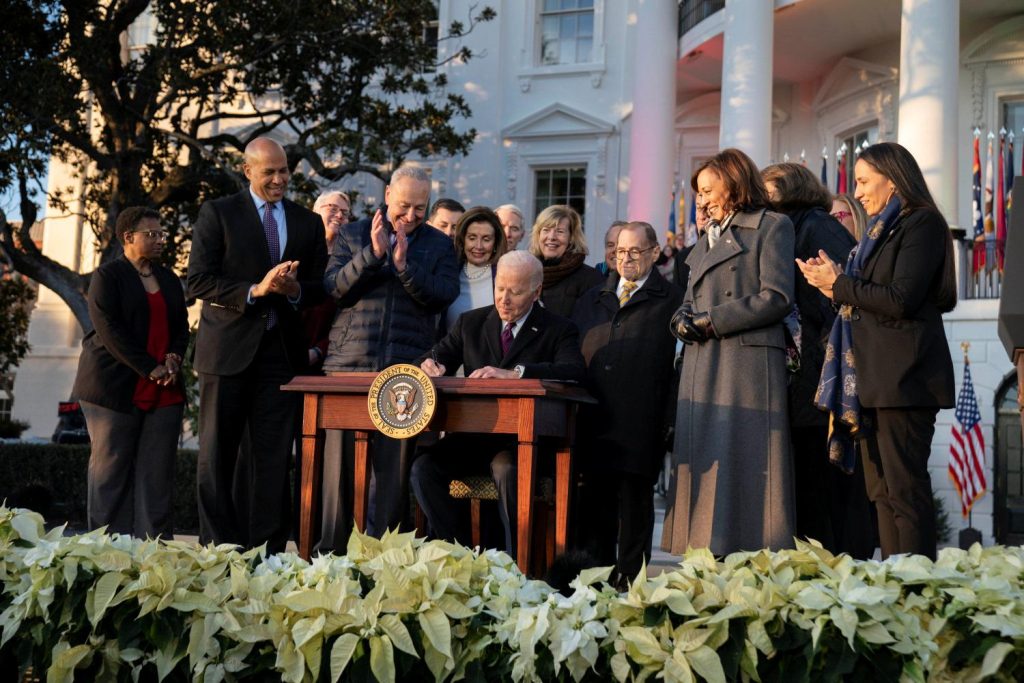Updated May 27, 2023
Amidst Polar Vortex 1 of January 2014, a group of wonderful folks and yours truly sat around a warm office, invited by IntraSpectrum , discussing LGBTQ relationship rights. I introduced them to my series Love & the Law, here, as briefly as I could and we had a great time.
So, really, what does all of this mean? Well, my (former) rockstar intern, Emily Welter, boiled down my hefty remarks into a few poignant and fabulous images and take-aways:
The equality fight then

Joseph Ambrosini of the New York Daily News
The equality fight later…
and…
DOMA …
and …
WINDSOR

and …
SCOTUS…

By Quinn Dombrowski from Berkeley, USA – Mommy, Mama and Baby GeorgieUploaded by Anastasiarasputin, CC BY-SA 2.0, https://commons.wikimedia.org/w/index.php?curid=27239587
and POTUS…

OH MY!
Much like Dorothy and her gang, our Nation’s lawmakers followed a harrowing yellow brick road to marriage equality for over 50 years. We have come a long way from the 1966 case of Loving v. Virginia and we made positive strides towards that “Emerald City” of equal love.
Below are 8 key points to know about the legal changes that took place in 2013 – aka the “Watershed Year” – which have affected Estate Planning for today’s LGBT couples:
- Several States passed marriage equality laws;
- SCOTUS (“Supreme Court of the United States”) ruled in favor of lesbian surviving spouse, Edith Windsor;
- SCOTUS ordered the IRS to treat legally married same-sex couples the same as straight married couples;
- The IRS mandated equal treatment of legally married LGBTQ couples for all tax treatment;
- The IRS called employers to issue FICA refunds to legally married LGBTQ couples;
- The IRS called on other agencies to comply with the new IRS rules;
- USCIS removed its barrier to legally married LGBTQ immigrant spouses; AND, finally
- Illinois passed same sex marriage(!);
- SCOTUS ruled in favor of marriage equality in Obergefell v. Hodges; and
- President Joe Biden signed the Respect for Marriage Act, repealing DOMA and helping ensure marriage equality for all U.S. persons.
